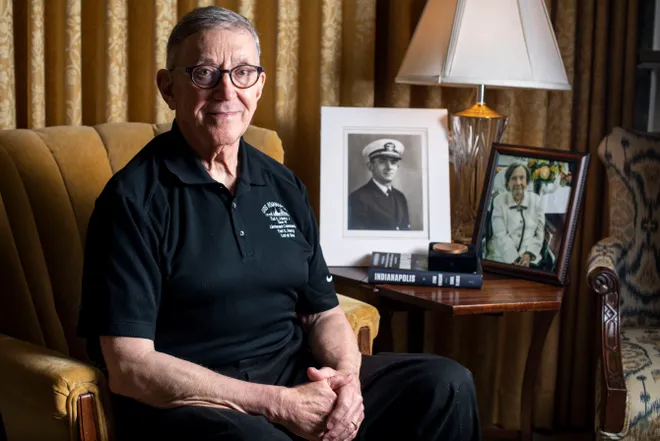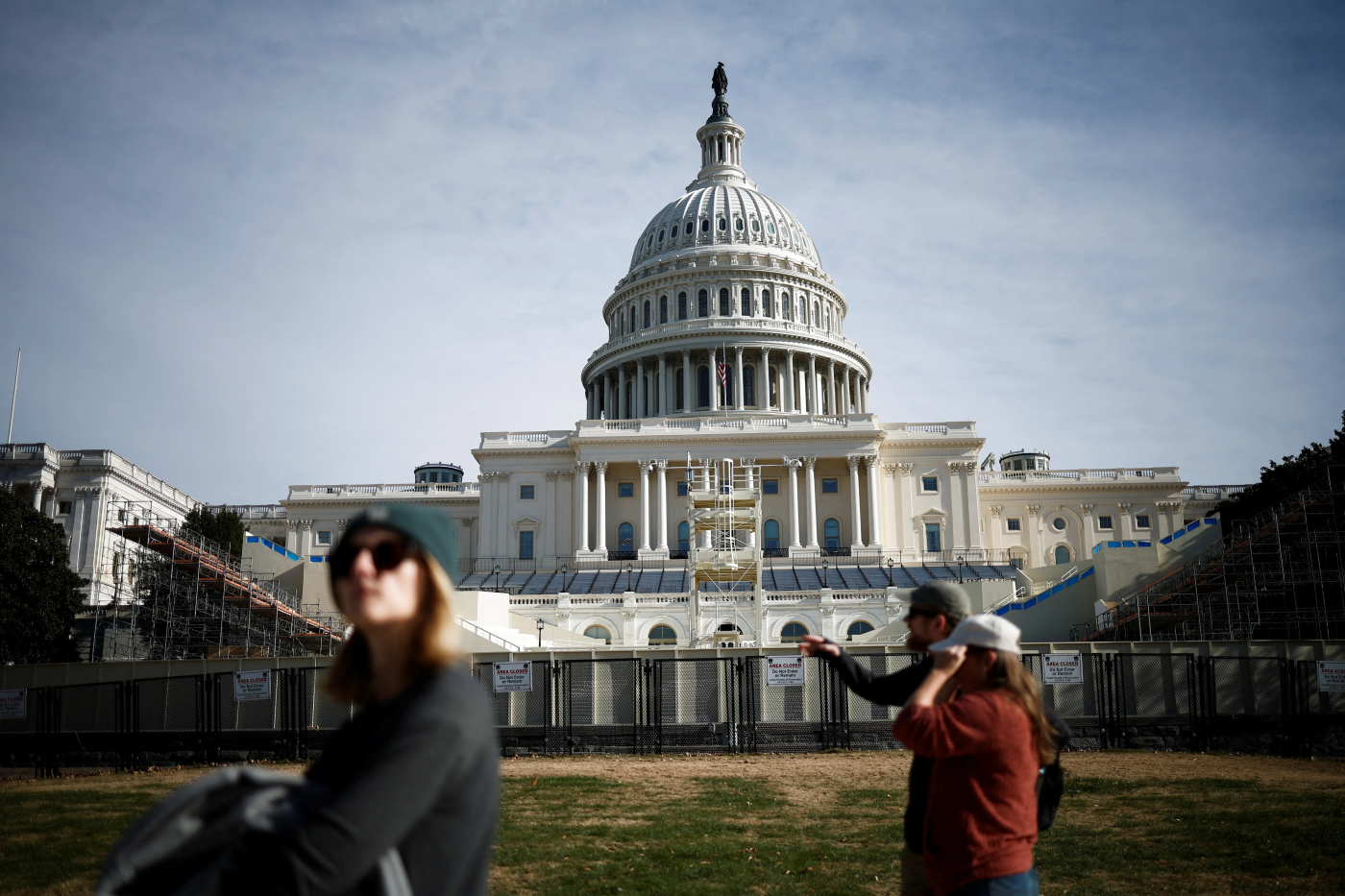
Most older Americans want to age in place, new report finds. What are the barriers?
Americans are getting older, but our housing options aren’t keeping up. That’s the premise of a new report from AARP, which found that most people want to stay in their homes and their communities as they age, but many aren’t confident that those living arrangements will meet their needs.
“For centuries, we’ve built housing in this country thinking about younger families, but the Census Bureau shows that 2034 is the first year we're going to have more people over 65 than under 18,” said Rodney Harrell, AARP's vice president of Family, Home, and Community. “People are compromising to figure out how they can adapt to what exists for them and we just don't have the right fit for most people.”
The 2024 Home and Community Preferences Survey, released Tuesday, surveyed over 3,000 American adults over the summer. Three-quarters of survey respondents want to stay in their own home and their community for as long as possible as they age, which echoes what previous studies have found.
But 50% of survey respondents lack confidence that their community will continue to meet their needs as they grow older. And 44% anticipate having to move in the future, mostly to seek more affordable housing. The report notes that 11.2 million older adults spent over 30% of their income on housing in 2021, and only 36.5% of eligible households received federal housing assistance.
Strikingly, 59% of survey respondents over age 50 who are not confident that their community will meet their needs do expect to move – but the remaining 41% expect to stay where they are regardless.
Buy that dream house: See the best mortgage lenders
Most Americans know they’ll need to make modifications to their homes in order to continue living there as they age. But the survey shows a wide gap between the two most commonly acknowledged modifications – to the bathroom, which 72% say they expect to make, and for access into and throughout the home, which 71% acknowledge – and the rest. Only 30% expect to relocate a bedroom or bath to the ground floor, and 28% expect to improve lighting within the home, for example.
Housing:The housing crisis threatens the American dream. What's next?
Many Americans also face technology barriers, the survey found. About two-thirds of respondents say they will need a medical alert system and 44% think smart security features will enable them to live safely and independently. But broadband access and affordability remain obstacles, particularly for rural households.
In order to make aging in place a safe and happy reality for the millions of Americans they serve, AARP’s Harrell says an “all hands on deck” approach is needed.

He wants industry – real estate, homebuilding, and remodelers – “to know that we have a space that we need your help to fill,” he told USA TODAY. “People are seeing these gaps and you need to kind of meet people where they are and help them.”
AARP also hopes its survey findings reach policymakers. Among the policy solutions the organization supports are affordable housing programs like the Housing Choice Voucher Program (Section 8) and the Low Income Housing Tax Credit. AARP also advocates for more development of “accessory dwelling units,” also known as “granny flats” or “in-law units.”
“I hope homeowners and renters will look at this (report) and know that they're not alone," Harrell said, "and know that many of us are struggling with the fact that either ourselves or our parents or family members are struggling with making these decisions.”


